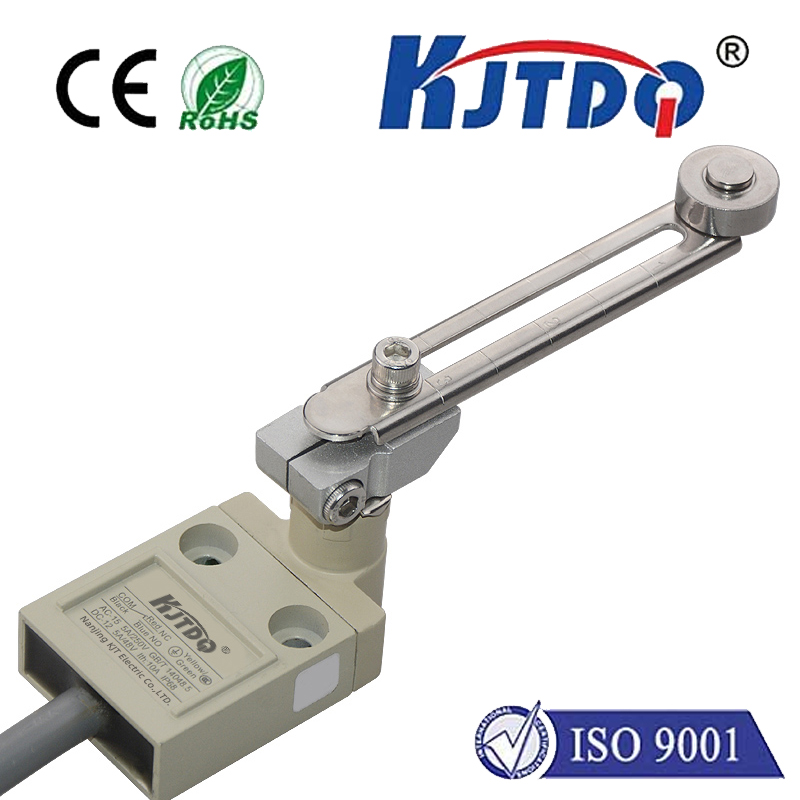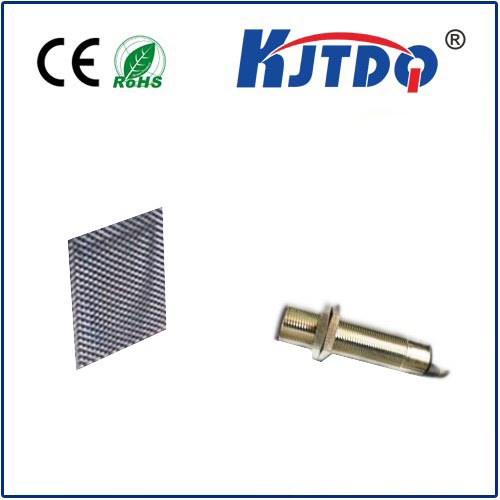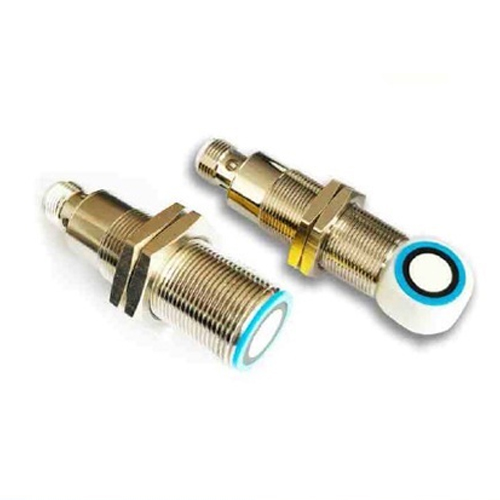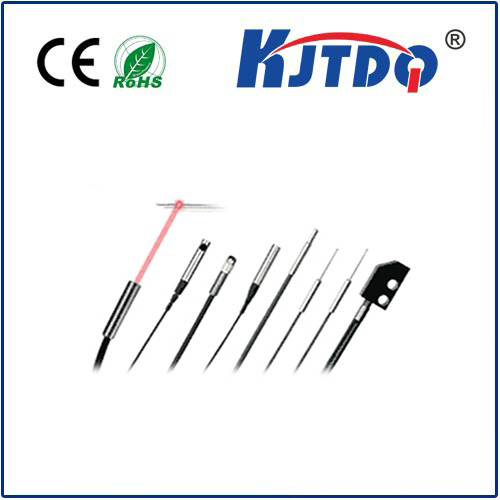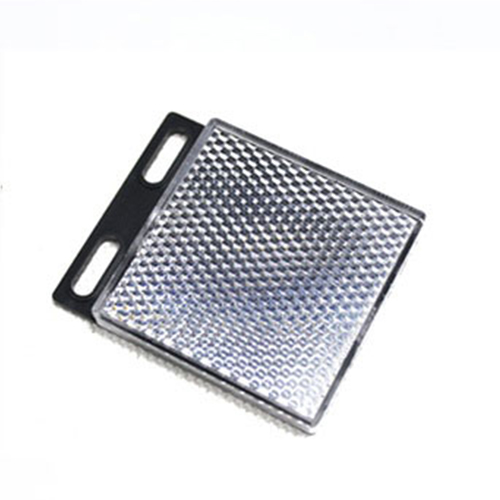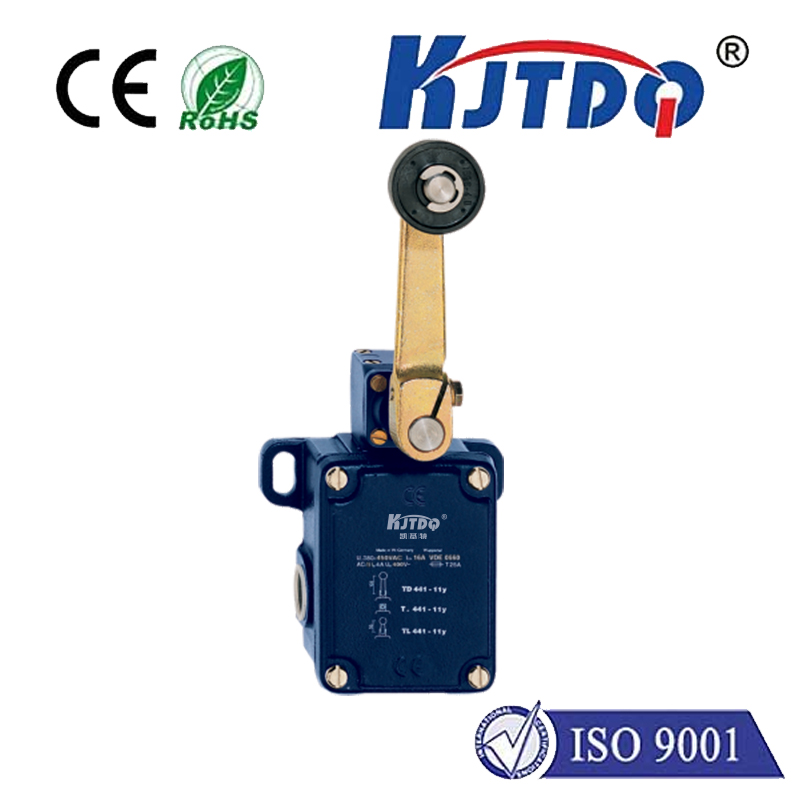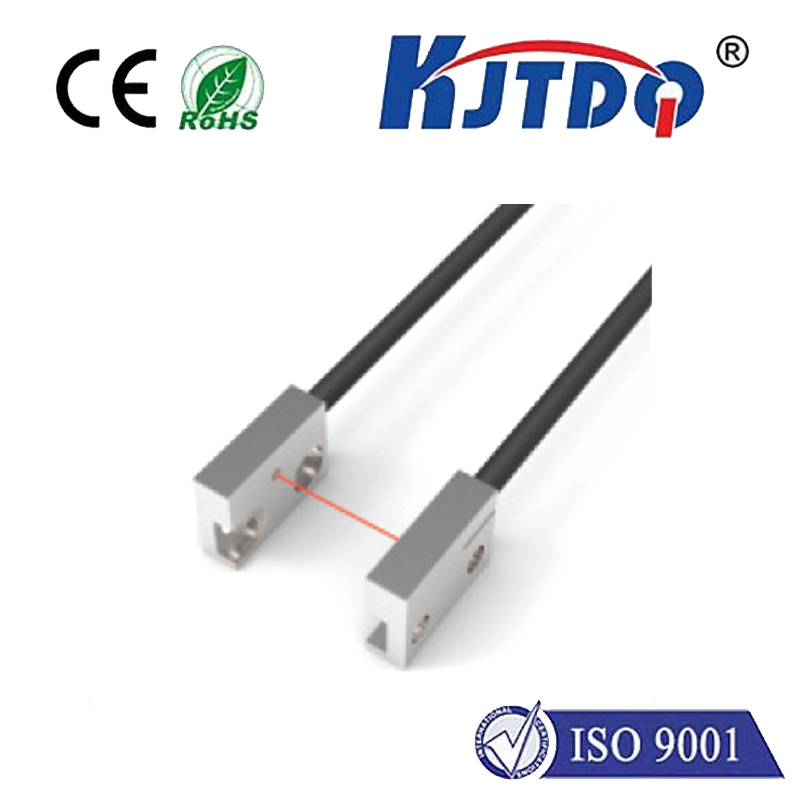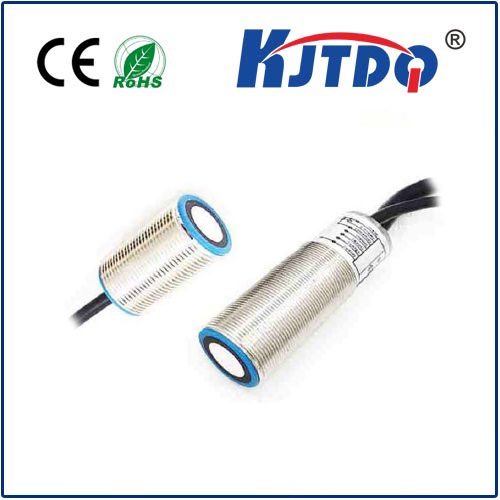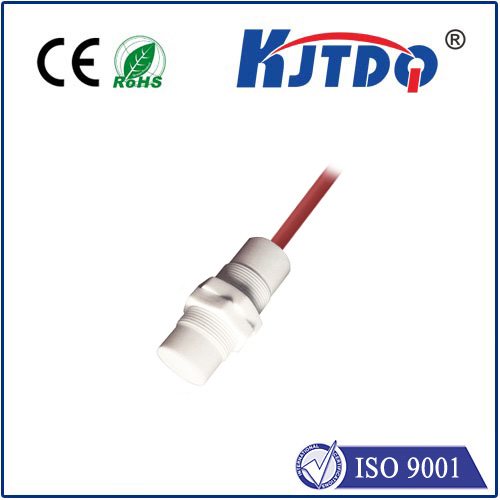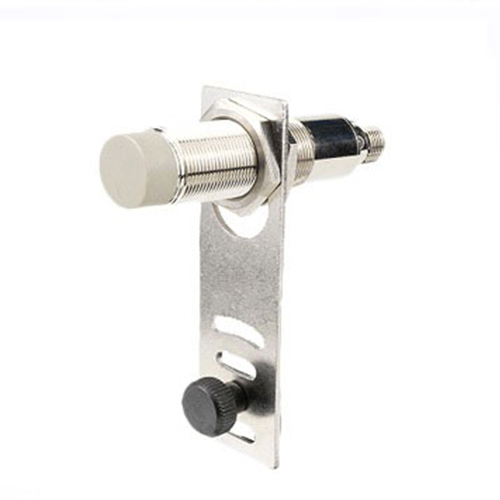

check

check

check

check
In the intricate dance of modern manufacturing, packaging lines, and automated systems, unseen sentinels keep the rhythm flawless. Among the most crucial are proximity sensors – the eyes and ears of machines, detecting objects without physical touch. While circular designs are familiar, rectangular proximity sensors have carved out an indispensable niche, becoming the go-to solution for countless precision applications where space, coverage, and reliability are paramount. Their unique geometry unlocks capabilities that round counterparts simply can’t match, making them the quiet powerhouse driving efficiency in demanding industrial environments.
So, what exactly is a rectangular proximity sensor? At its core, it functions identically to its circular cousins: using electromagnetic fields (inductive models for metals) or capacitance changes (capacitive models for various materials, including liquids and non-metals) to detect the presence or absence of an object within its sensing range – achieving non-contact detection. The fundamental difference lies not in the how, but in the shape. This seemingly simple variation translates into significant operational advantages.
The Geometry Advantage: Space is Prime Real Estate
The most compelling benefit is space optimization. Modern machinery, especially within electronics assembly, compact packaging lines, or tight robotic work cells, often has severely constrained mounting areas. A circular sensor requires clearance not just for its body, but also a full diameter circle around it. A rectangular sensor, particularly a flat, low-profile design, can be mounted flush against surfaces or squeezed into narrow slots where a round sensor simply wouldn’t fit. This ability to conform to tight spaces is frequently the deciding factor in complex layouts.
Precision Alignment and Extended Reach
The rectangular form factor inherently lends itself to more precise positioning relative to the target object. Edges are straight and defined, making alignment for specific detection points (like the end of a part or a particular feature) more intuitive and accurate. Furthermore, the sensing field of a rectangular proximity sensor isn’t circular; it’s elongated or rectangular. This creates a broader, more linear detection zone parallel to the sensor’s long axis. Imagine needing to detect the edge of a wide conveyor belt, a sheet of metal, or the gap between packages on a moving line. A rectangular sensor can span this width efficiently, often achieving the task where multiple circular sensors would be necessary, simplifying wiring, installation, and maintenance. This extended sensing field is a game-changer for applications requiring coverage over a linear path.

Enhanced Detection Consistency
The shape of the sensing field isn’t just about reach; it’s also about predictability. A rectangular sensor often provides more consistent detection characteristics along its length. This is critical when sensing objects with varying profiles or ensuring reliable triggering across the entire width of a target. For instance, detecting irregularly shaped metal parts or ensuring a carton flap is fully closed becomes more reliable with the uniform field offered by a rectangular design.
Versatility Across Sensing Technologies
The benefits of the rectangular form span different sensing principles:
Choosing and Implementing Rectangular Sensors
Selecting the right one involves key considerations:
Driving Efficiency on the Factory Floor
Walk through any sophisticated production facility, and you’ll find rectangular proximity sensors silently enabling precision:
Their reliability, durability, and adaptability are key drivers in minimizing downtime and maximizing throughput. The upfront cost is easily justified by the reduction in errors, prevention of jams, and the sheer versatility they bring to complex automation challenges.
The Optimal Choice Where Precision Meets Constraint
The rise of the rectangular proximity sensor is no accident. It directly addresses the evolving demands of modern industry: doing more in less space with greater accuracy. While circular sensors remain vital, the unique combination of space-efficient design, extended sensing fields, and precise alignment capabilities makes the rectangular form factor an indispensable tool in the automation engineer’s arsenal. When the application calls for reliable non-contact detection within tight confines or over a linear path, the rectangular proximity sensor is often the unsung hero ensuring everything runs like clockwork. Its geometric intelligence translates directly into operational excellence on the factory floor and beyond.
